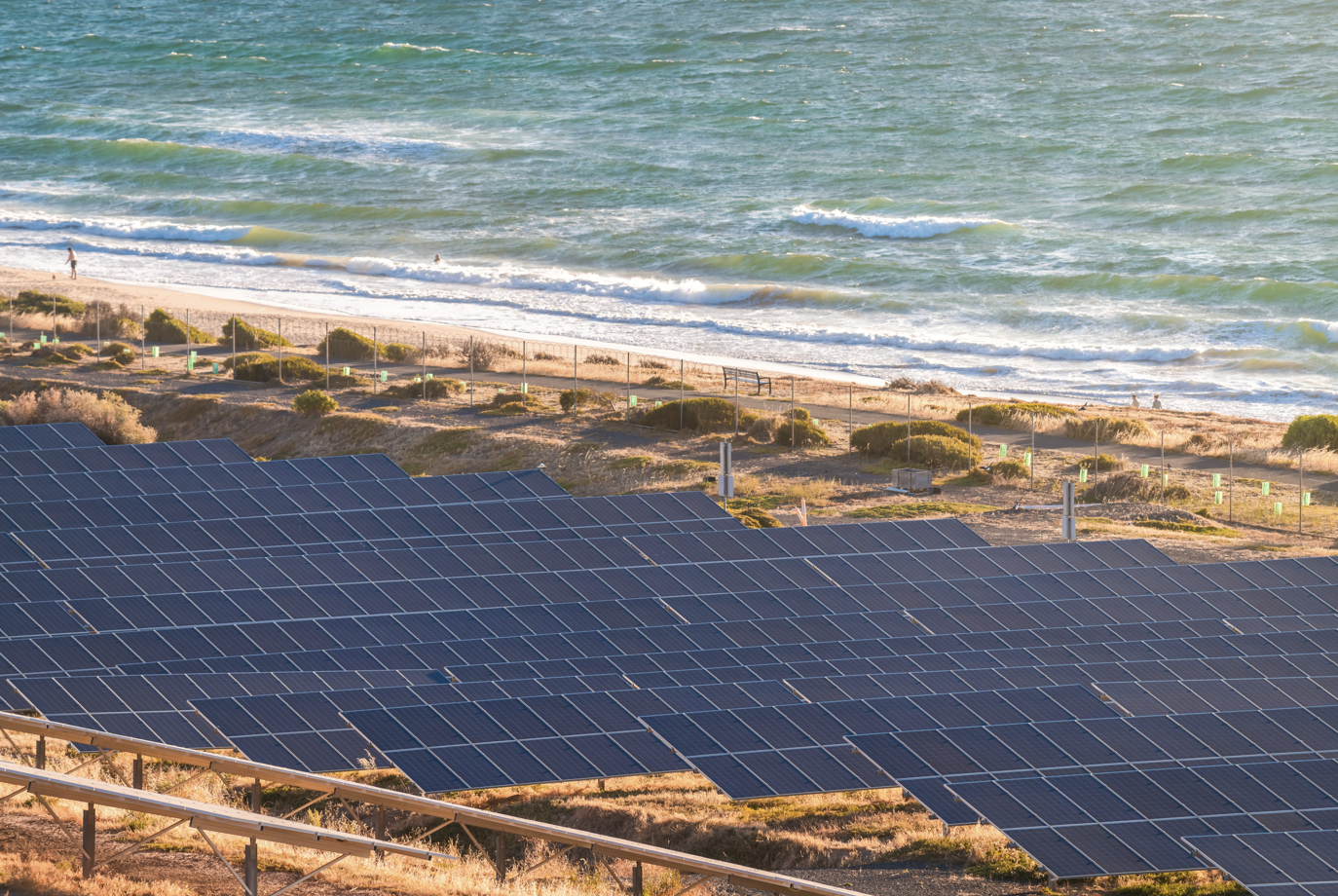Renewable energy that is already providing more than 40% of our electricity. Our abundance of sun and wind make us the envy of the world. Nuclear is the poorest possible fit for Australia’s energy future.
What is nuclear power?
Nuclear energy is a form of energy released from the nucleus of atoms, made up of protons and neutrons. This source of energy can be produced in two ways: fission – when nuclei of atoms split into several parts – or fusion – when nuclei fuse together (1). Nuclear energy can be used to create electricity, but it must first be released from the atom. In the process of nuclear fission, atoms are split to release that energy.
Is nuclear power expensive?
The construction of nuclear reactors demands substantial upfront investments. For example, the cost of the flagship Hinkley Point C nuclear project in the United Kingdom has blown out to almost $100 billion AUD. The UK Government signed a controversial contract with the developers that could cost future taxpayers millions. Ultimately, the ongoing operational and maintenance costs and the lack of private insurance options due to the catastrophic nature of potential accidents render nuclear energy financially unsustainable.
How does the cost of renewable energy compare?
Renewable energy sources like solar and wind power are cheap and abundant. The rapidly declining costs of solar photovoltaic technology, coupled with the scalability and abundance of sunlight in Australia, make solar energy an increasingly cost-effective option for electricity generation. The CSIRO expects costs for wind and solar will continue to decrease (2).
Are there long-term economic benefits of renewable energy?
Investing in renewable energy holds the promise of long-term economic benefits, including job creation, energy affordability and economic resilience. The renewable energy sector has emerged as a significant source of employment globally, offering opportunities for skilled workers in manufacturing, installation and maintenance.
Seven recent nuclear power plants in the US, UK, Finland and Slovakia averaged $150 billion in cost overruns and an average delivery time of 21 years. Australia cannot afford nuclear.
What are the risks associated with nuclear power?
Nuclear power's inherent risks and environmental concerns amplify its unattractiveness as an energy option. The challenge of storing radioactive waste, the potential for catastrophic accidents and security risks associated with nuclear proliferation all contribute to its unfavourable risk profile.
Australia has a target for 82% renewable energy by 2030. Will this impact the business case for nuclear in Australia?
To ensure consumers pay the lowest cost for electricity, the National Energy Market is designed to prioritise the lowest-cost form of generation. This results in energy from solar and wind being sent to the grid before other fuel-based electricity generation because they produce the cheapest electricity. As a result, non-renewable generators need to ramp up and down electricity generation in response to renewable energy production and demand.
However, nuclear power plants are designed to run constantly and altering output capacity has safety and economic considerations (3). It is unlikely that nuclear power in Australia would change its output in response to renewable energy generation as other generators do now. The introduction of nuclear power in Australia therefore would likely result in renewable energy being curtailed or forced to switch off.
What are Australia’s nuclear power prospects?
On top of unfavourable market and economic conditions, nuclear power's prospects in Australia are hindered by regulatory restrictions: at both the Commonwealth and state jurisdiction levels, nuclear power is banned, reflecting not only safety and environmental apprehensions, but also economic realities.
(3) Nuclear Energy and Renewables: System Effects in Low-carbon Electricity Systems (oecd-nea.org)



